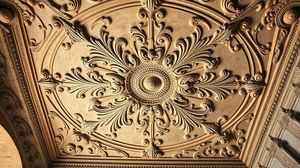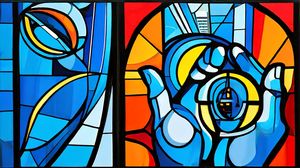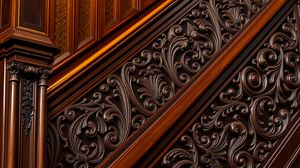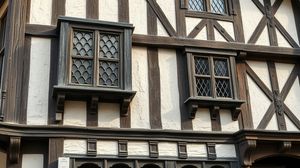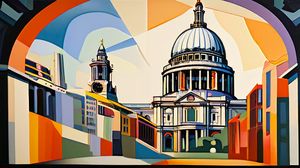
Temple Bar Gateway is an iconic historic monument situated in the City of London. Originally, it was one of the principal ceremonial gateways marking the entrance to the City and has a rich history that dates back to the medieval era. Its position, near St Paul's Cathedral, makes it an intriguing focal point for a walking tour around these ancient streets.
This grand structure was designed by Sir Christopher Wren and completed in 1672. It stood as a physical and symbolic boundary between the City of London and the City of Westminster. The gate is a testament to Wren's architectural genius, featuring intricate carvings and classical design that have captivated visitors for centuries.
Interestingly, Temple Bar was not always at its current location. It was dismantled in 1878 and stored for several years. In 1880, it was purchased by Sir Henry Meux, who had it reconstructed as a gateway to his estate in Theobalds Park in Hertfordshire. It wasn't until 2004 that Temple Bar made its journey back to London, where it was meticulously restored and re-erected near St Paul's.
Perhaps one of the more curious historical functions of Temple Bar was as a site for displaying the severed heads of traitors, a practice that continued well into the 17th century. It was a grim reminder of the consequences of treason against the crown, with the last head said to have been displayed in 1746.
Today, Temple Bar Gateway is a Grade I listed structure, recognized for its historical and architectural significance. It serves not only as a reminder of London's rich past but also as a fascinating meeting point for locals and tourists alike. The edifice stands proudly, offering a tangible connection to the layered history of the City of London.

Making the Most of Your Visit:
If you're interested in experiencing Temple Bar Gateway fully, take a moment to examine the detailed carvings up close. You'll find the coat of arms of the City of London and various symbols, each telling a story from the site's past.
Look out for the dragon statues perched on top of the gate. These dragons, or griffins, are said to mark the boundaries of the City of London and add a mythical charm to the monument.
As you stand beneath the gate, imagine the historical processions that passed through here, including monarchs who ceremonially entered the City through this gate. It's a great spot to let your imagination wander into the past.
If you're visiting at night, check out the subtle lighting that embellishes the structure. It offers a different, almost magical perspective of the ornate details and is a perfect opportunity for photography.
Consider pairing your visit with a walk along Fleet Street, just nearby. Historically, it was associated with the publishing industry, and the echoes of London's journalistic past add depth to your Temple Bar experience.

Visiting Times & Costs:
Temple Bar Gateway, located near St Paul's Cathedral in the City of London, is open to the public at all times, as it stands outdoors in Paternoster Square. Visitors can freely approach the monument without any entrance fee.
However, please note that there are no specific facilities or official tours directly associated with Temple Bar Gateway itself, as it is primarily an outdoor structure. While the structure and surrounding area are generally accessible, visitors with mobility issues should be aware that the streets in this historic area can be uneven, which may present some challenges.
Although there are no particular opening hours or fees applicable, accessing the vicinity of Temple Bar Gateway may depend on general public access to Paternoster Square.

Address & Map:

Nearby:

